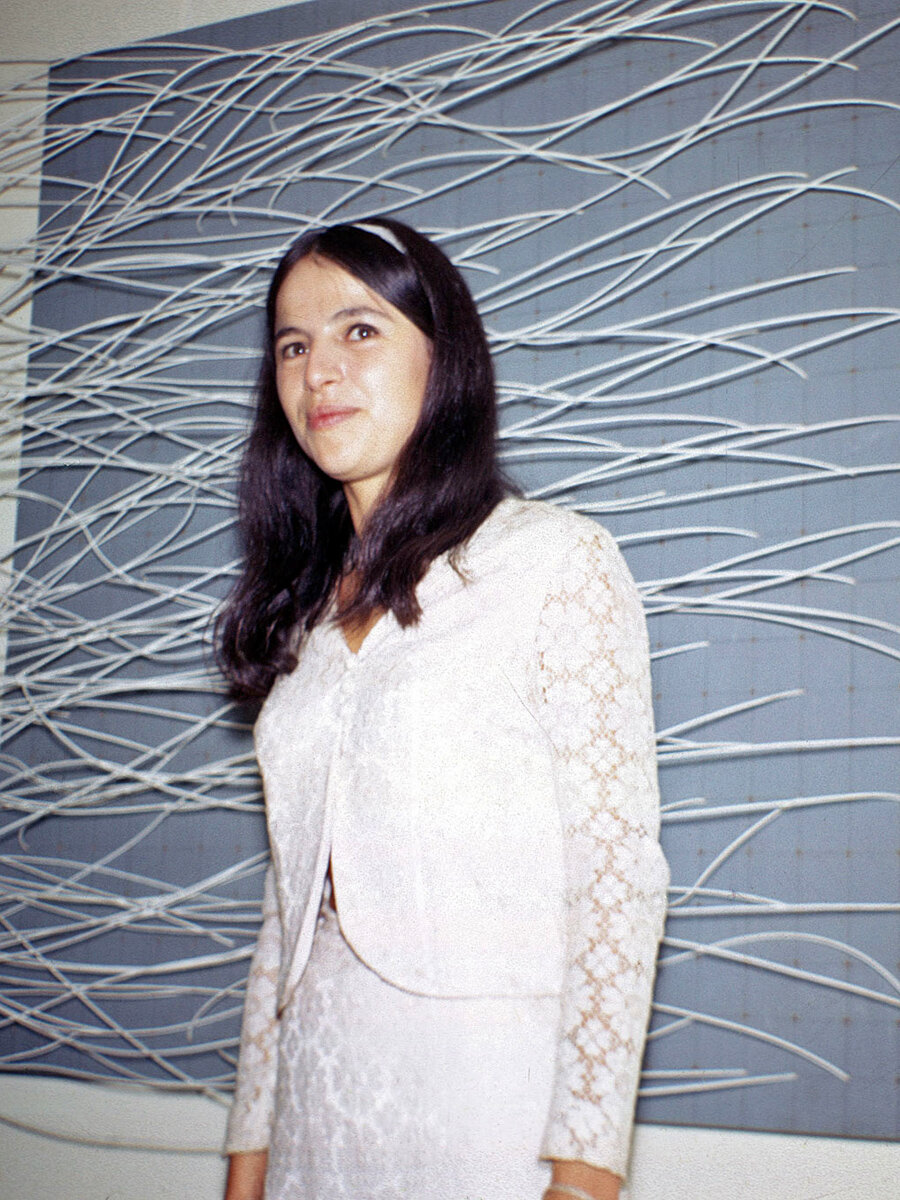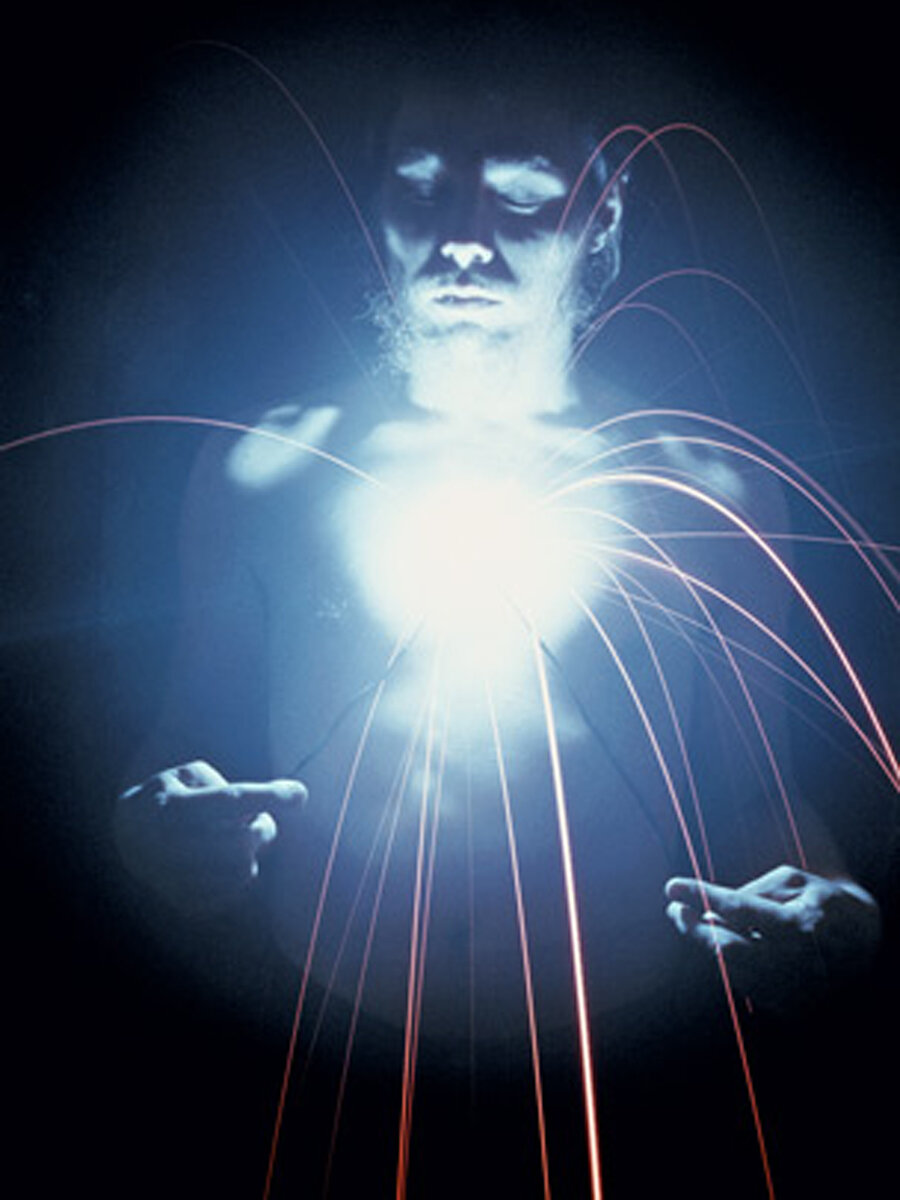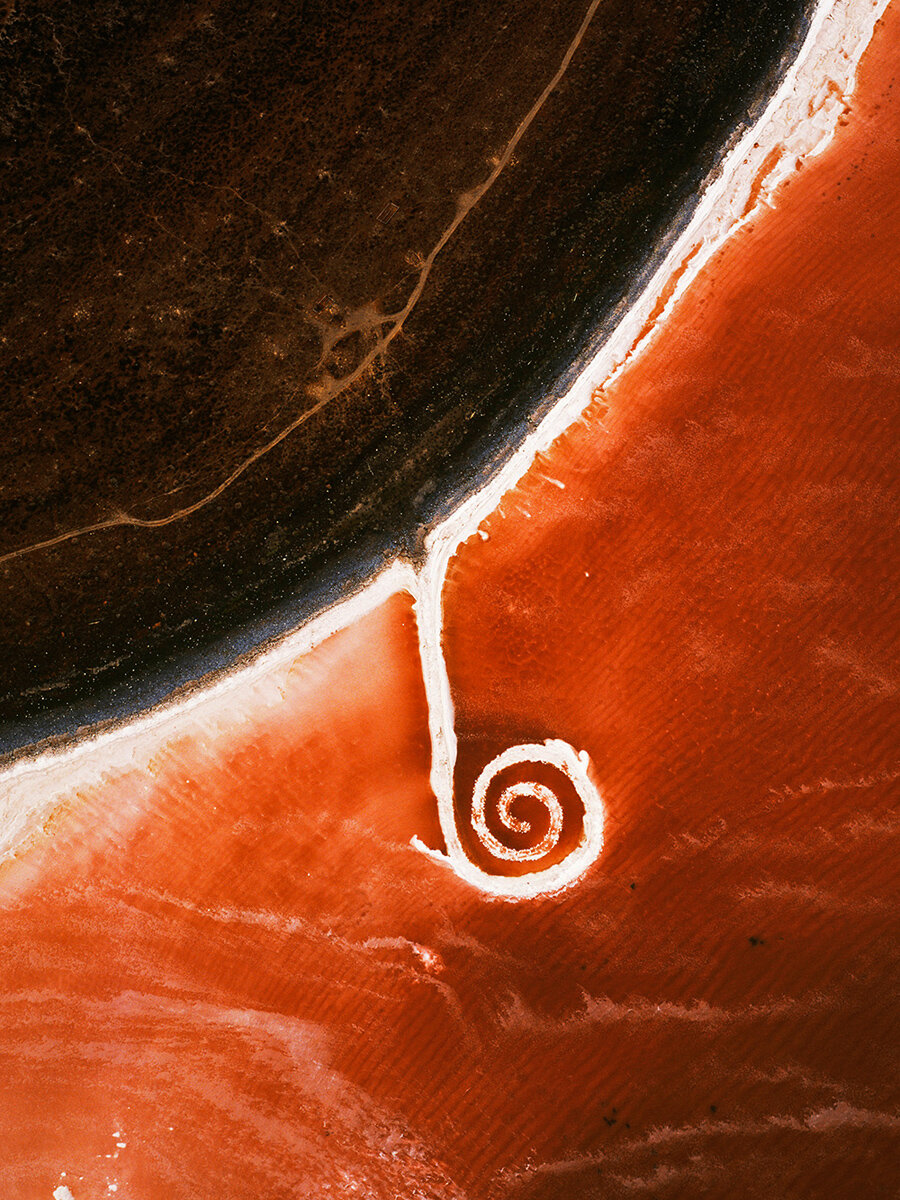


Hesse
Burden
Troublemakers
May 10 to 12, 2018
A screening series of revealing documentaries tracing the lives and work of two seminal and elusive artists as well as the birth of the the 20th century land art movement.
Eva Hesse
Dir. Marcie Beglieter | 2016 | 102 min
As the wild ride of the 1960s came to a close, Eva Hesse, a 34-year-old German-born American artist, was cresting the wave of a swiftly rising career. One of the few women recognized as central to the New York art scene, she had over 20 group shows scheduled for 1970 in addition to being chosen for a cover article in ArtForum Magazine. Her work was finally receiving both the critical and commercial attention it deserved. When she died in May, 1970 from a brain tumour, the life of one of that decade’s most passionate and brilliant artists was tragically cut short. As Jonathon Keats wrote in Art and Antiques Magazine, “Yet the end of her life proved to be only the beginning of her career. The couple of solo gallery shows she hustled in the 11 years following her graduation from the Yale School of Art have since been eclipsed by multiple posthumous retrospectives at major museums from the Guggenheim to the Hirshhorn to the Tate.” Her work is now held by many important museum collections including the Whitney, MoMA, the Hirschhorn, the Pompidou in Paris and London’s Tate Modern.
Eva Hesse deepens the understanding of this extraordinary artist, not only in terms of her ground-breaking work, but also the life that provided the fertile soil for her achievements. With dozens of new interviews, high quality footage of Hesse’s artwork and a wealth of newly discovered archival imagery, the documentary not only traces Eva’s path but engages in a lively investigation into the creative community of 1960s New York and Germany.
Burden: a film about the artist Chris Burden
Dir. Tim Marrinan and Richard Dewey | 2016 | 86 min
A probing portrait of Chris Burden, an artist who pushed the limits of creative expression and risked his life in the name of art. For more than 45 years, Chris Burden’s work has consistently challenged ideas about the limits and nature of modern art. His pioneering and often dangerous performance works of the 1970s earned Burden a place in the art history books while still in his early 20s. He had himself shot (Shoot, 1971), locked up (Five Day Locker Piece, 1971), electrocuted (Doorway to Heaven, 1973), cut (Through the Night Softly, 1973), crucified (Trans-fixed, 1974) and advertised on television (4 TV Ads, 1973–77). But as the 70s progressed Burden became disillusioned with the expectations and misconceptions based on his early works and as the pressure grew, the line between his life and his art blurred.
Burden quit performance in the late 1970s and had to artistically reinvent himself, going on to create a multitude of assemblages, installations, kinetic and static sculptures and scientific models. His work has influenced a generation of artists and been exhibited around the world, but the provocative nature of his art coupled with his sense of privacy mean that most people know the myth rather than the man. Now, having followed Burden creating new works in his studio and with access to his personal archive of images, video and audio recordings, Burden is the first feature documentary to fully explore the life and work of this seminal artist.
Troublemakers: The Story of Land Art
Dir. James Crump | 2015 | 72 min
Troublemakers unearths the history of land art in the tumultuous late 1960s and early 1970s. The film features a cadre of renegade New York artists that sought to transcend the limitations of painting and sculpture by producing earthworks on a monumental scale in the desolate desert spaces of the American southwest. Today these works remain impressive not only for the sheer audacity of their makers but also for their out-sized ambitions to break free from traditional norms. The film casts these artists in a heroic light, which is exactly how they saw themselves. Iconoclasts who changed the landscape of art forever, these revolutionary, antagonistic creatives risked their careers on radical artistic change and experimentation, and took on the establishment to produce art on their own terms. The film includes rare footage and interviews which unveil the enigmatic lives and careers of storied artists Robert Smithson (Spiral Jetty), Walter De Maria (The Lightning Field) and Michael Heizer (Double Negative); a headstrong troika that established the genre. As the film makes clear, in making works that can never be possessed as an object in a gallery, these troublemakers stand in marked contrast to the hyper-speculative contemporary art world of today.